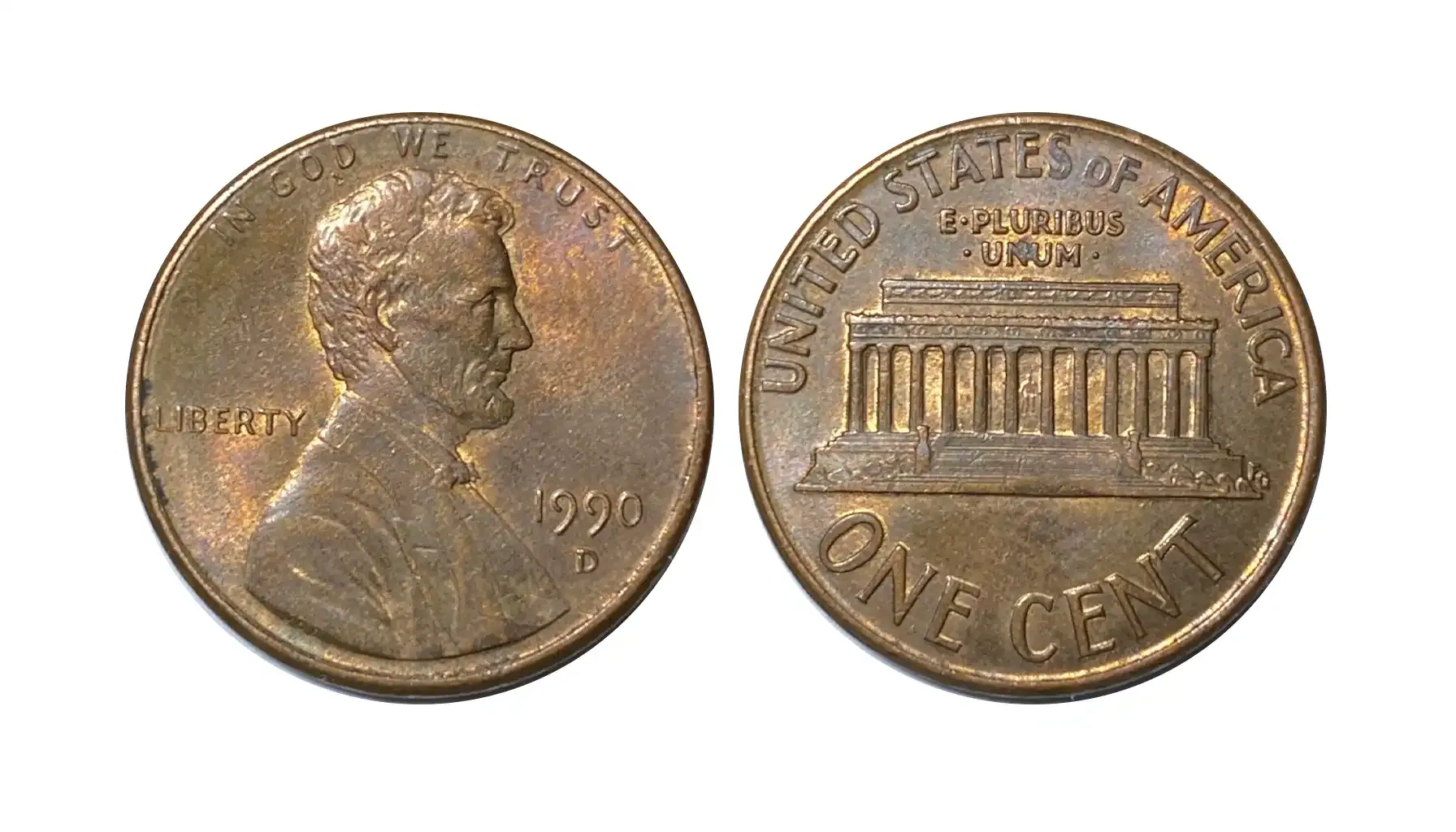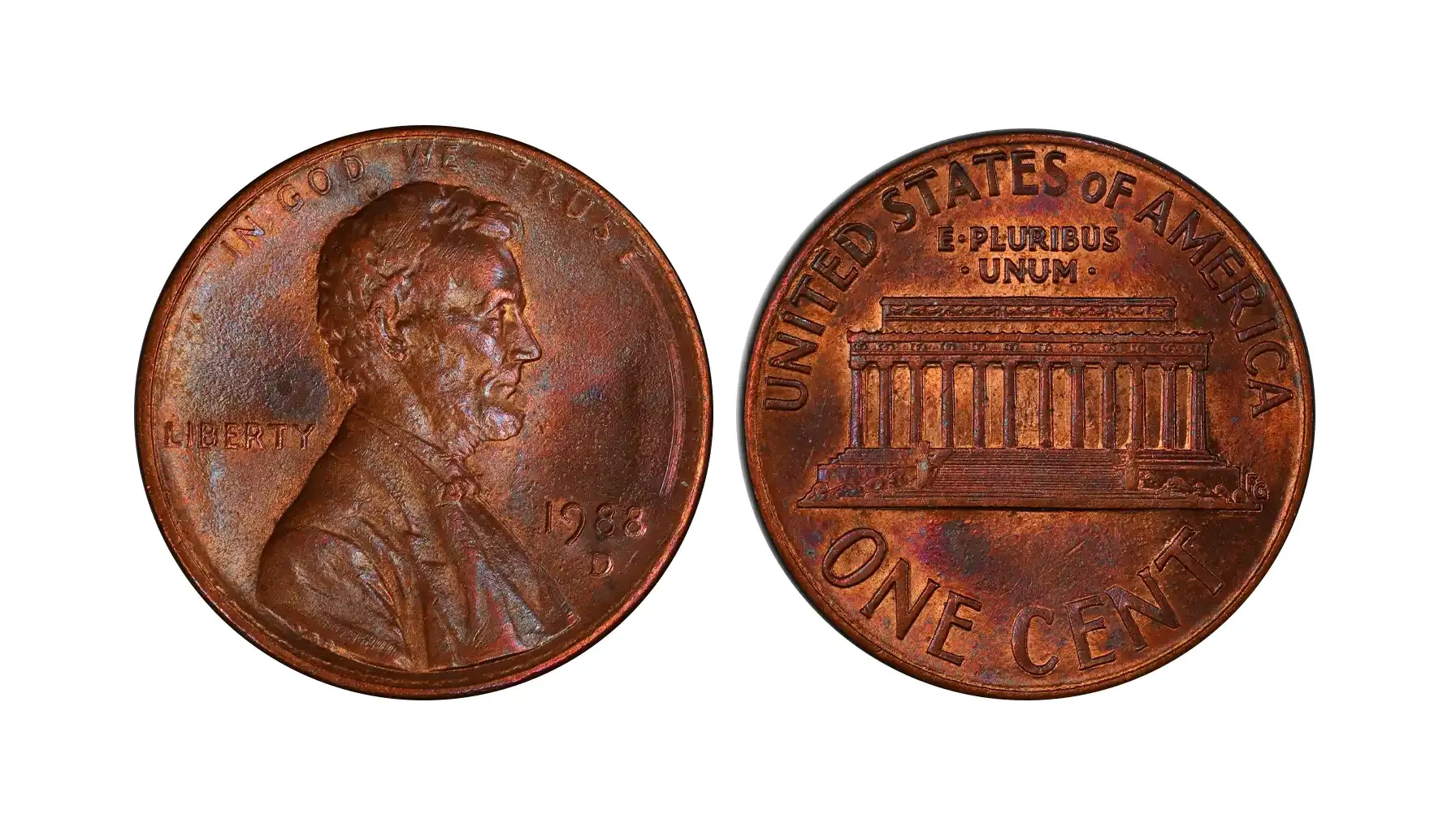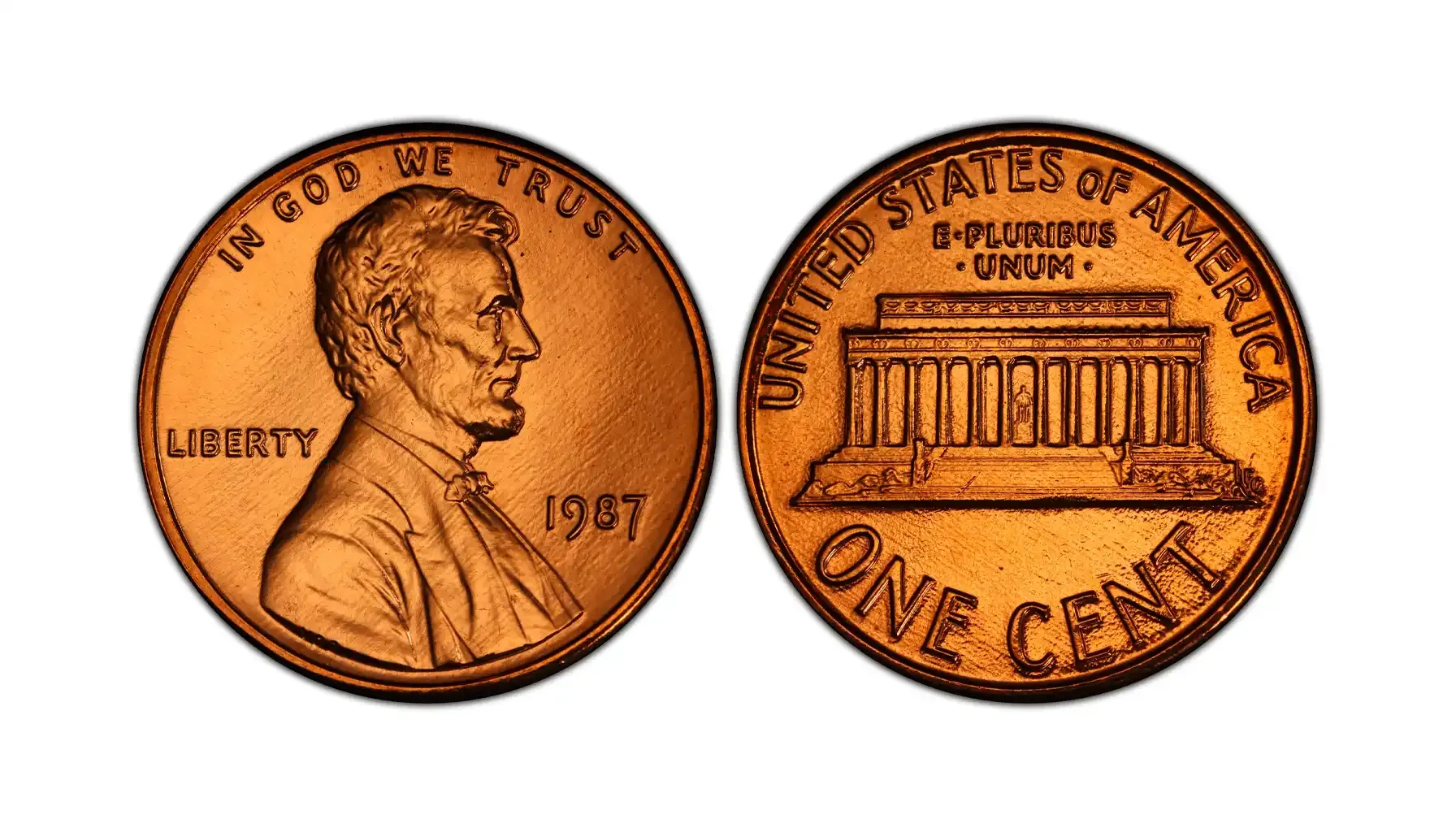Contents:
A nickel is one of the six denominations of coins in the US these days, yet not all nickels are the same. Year by year, they received similar but slightly new, intricately crafted versions that could be potentially valuable when they meet certain conditions. Instances like the 1962 Jefferson nickels are quite intriguing in this respect.
In this material, we are to explore the main characteristics that identify this coin as a significant asset, learn more about mintages, and specify the current value relevant in 2025. What if 5 cents may bring you even more?..
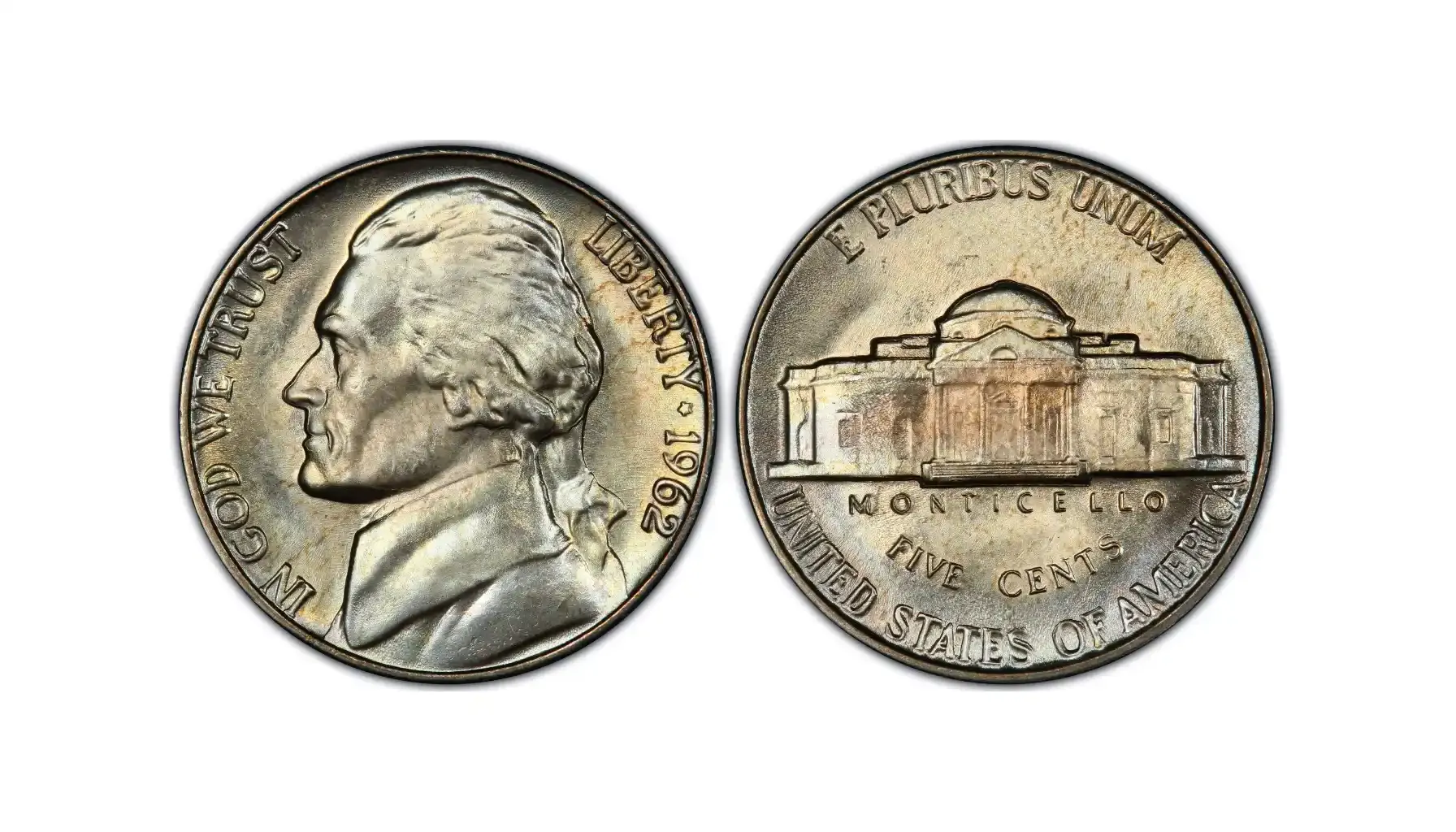
1962 Nickel Overview: Design and Specifications
When coins seem like an ordinary piece of the current transactions (though transactions themselves are carried through online banking in the majority of cases), it might be difficult to distinguish particular details and design features that captivate collectors. As for the minting facilities, only two of them, i.e., those located in Denver and Philadelphia respectively, were responsible for the production of these coins, with valuable instances released by each mint.
The Features of the Nickel 1962 | |
Years of Minting | 1866-present |
Designer | Felix Schlag |
Composition | 75% copper, 25% nickel |
Weight | 5.00 grams |
Diameter | 21.20 millimeters |
Edge | Plain |
Obverse Design | Features a left-facing portrait of Thomas Jefferson, the Founding Father and the third president of the US, as well as the inscriptions "IN GOD WE TRUST" to the left, "LIBERTY" and the year 1962 to the right, separated by a star. |
Reverse Design | Demonstrates Monticello, Jefferson’s Virginia estate, as well as the Latin motto "E PLURIBUS UNUM" arched above, the name "MONTICELLO" centered below, the denomination "FIVE CENTS", and "UNITED STATES OF AMERICA" at the bottom. |
Strike Quality |
|
Even though the 1962 nickel is widely available and can be spotted in cash, its value varies depending on factors like strike quality, condition, and the presence of mint errors. High-grade coins can be far more expensive than those of ordinary circulation, especially when with Full Steps (FS) and a crisp Monticello design.
Mint Varieties and Their Impact on Value
Once again, Philadelphia and Denver were the only two US Mint locations where the 1962 Jefferson nickel was struck. Although both types are commonly accessible, their market value can be greatly impacted by any unique characteristic (except for wear, for sure). Here is what we know about each facility.
Philadelphia Mint (1962 Nickel No Mint Mark Regular Strike)
Mintage: 97,384,000
Identification: Pieces struck at the Philadelphia Mint do not bear a mintmark.
Value Impact: While circulated examples typically hold minimal numismatic value, their uncirculated variations in MS65+ grades or with Full Steps can command higher prices.
Philadelphia Mint (1962 Nickel No Mint Mark Proof)
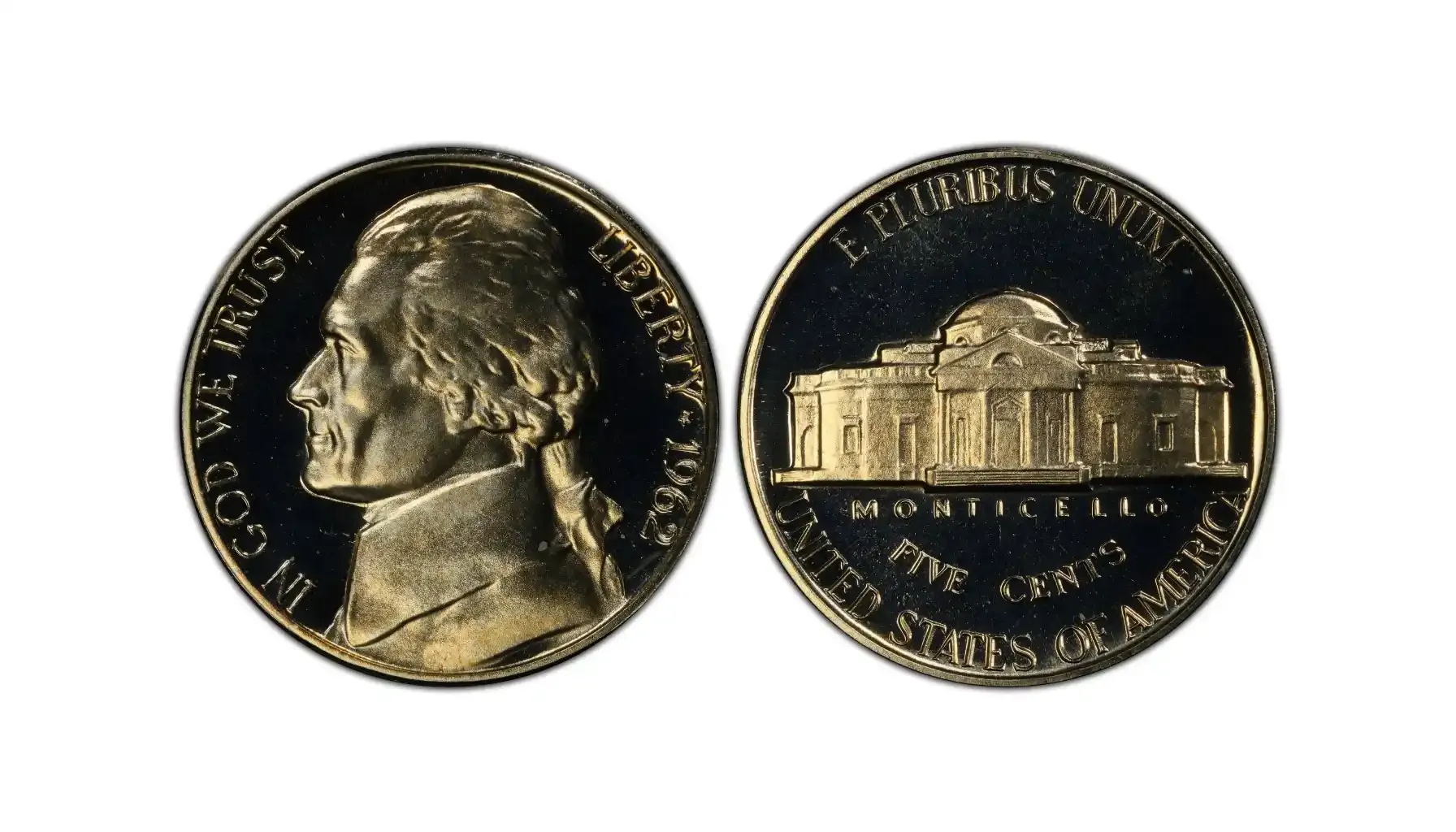
Mintage: 3,218,019
Identification: There is no mint mark as well, but proof coins have a highly polished, mirror-like surface.
Value Impact: Standard proof nickels (PR69) are typically worth around $69. As for Cameo (CAM) and Deep Cameo (DCAM) proofs, their prices can easily exceed thousands of dollars.
Denver Mint (1962 D Nickel)
Mintage: 280,195,720
Identification: These bear a small "D" mint mark on the reverse, right below Monticello.
Value Impact: Well-struck examples (with Full Steps in particular), can be sold for higher prices. Coins graded MS65+ with the FS designation are considered rare and valuable.
Related article: 1963 Nickel Value.
How Much Is a 1962 Nickel Worth?
What is a 1962 nickel worth? Indeed, just like with other coins, the 1962 nickel worth relies on criteria such as condition, strike quality, and rarity. Here are the main market trends that might be observed with the help of resources like PCGS that reflect relevant auction rates and more.
Variety | Grade | Value (Up to) |
1962 5C (Regular Strike, Philadelphia) | MS67 | $375 |
1962 5C, FS (Regular Strike, Philadelphia) | MS67+ | $13,500 |
1962-D 5C (Regular Strike, Denver) | MS67 | $5,000 |
1962-D 5C, FS (Regular Strike, Denver) | MS65 | $4,250 |
1962 5C (Proof, Philadelphia) | PR69 | $69 |
1962 5C, Cameo (CAM, Proof, Philadelphia) | PR69 | $250 |
1962 5C, Deep Cameo (DCAM, Proof, Philadelphia) | PR69 | $850 |
Please note that prices may fluctuate. This does not depend on the above-mentioned factors but on currency exchange rates, the overall demand, newly encountered historical facts, metal content, etc. For more accurate information, please consult the extensive but user-friendly database of Coin ID Scanner*. There you may find many different coins, including 1936 Buffalo nickels.
Rare Errors and Valuable Variants
The 1962 nickel errors can be different. However, some of them (those that have been discovered) are more valuable and captivating because of their aesthetic appeal. Here are the most popular examples to explore.
1962-D Nickel – Overstruck on a 1962-D Cent
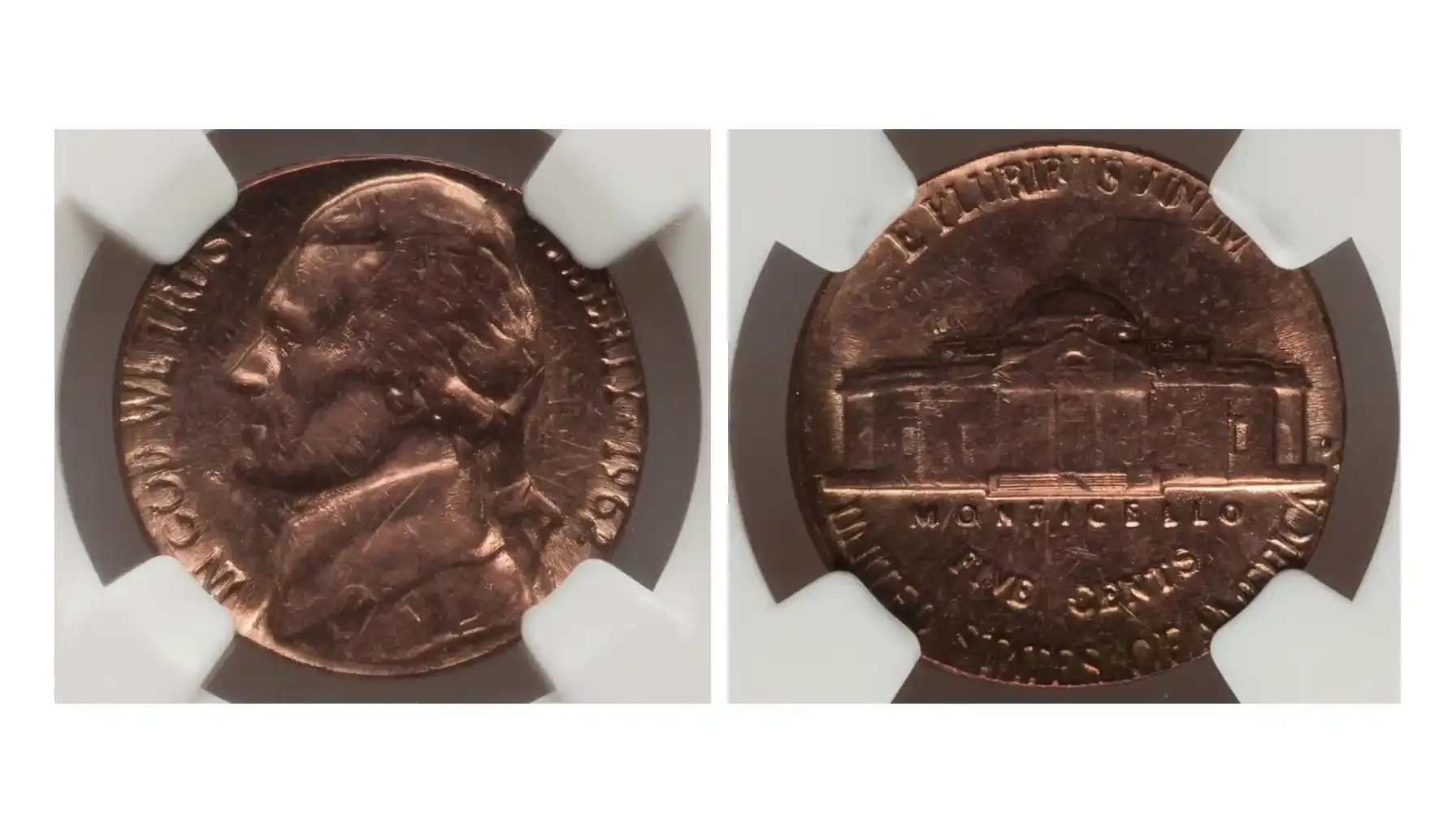
App. value: $2,000 – $8,000+
This rare error happened when a 1962 D Jefferson nickel was struck on a 1962 D Lincoln cent planchet by mistake, which is why the coin obtained elements of both designs simultaneously. This is an intriguing and quite beneficial error because of the combination of copper and nickel elements.
1962 Nickel – Struck on a Defective Blank
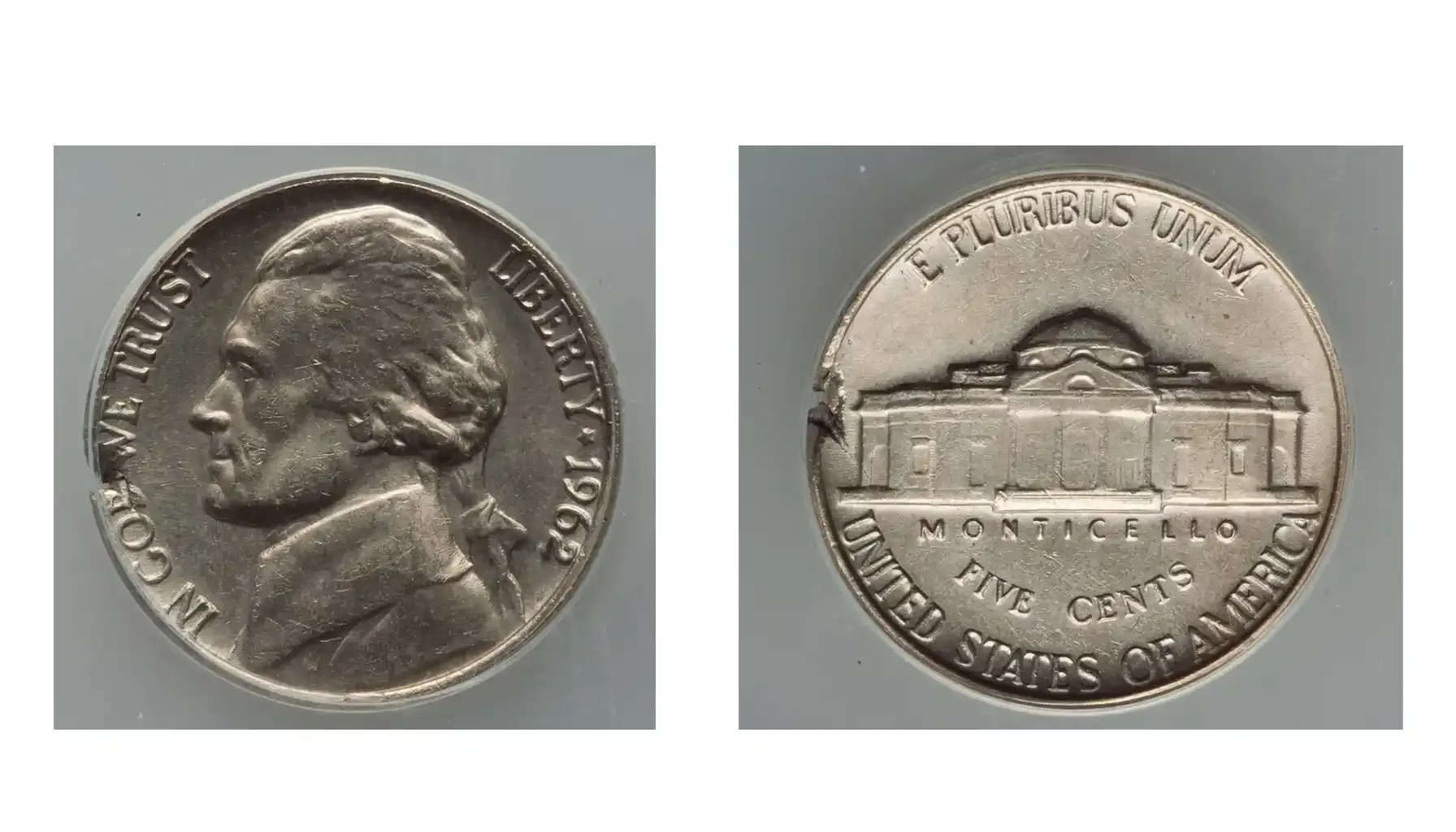
App. value: $100 – $1,500
A few 1962 nickels were struck on defective planchets, which resulted in weakly struck areas, missing metal, or cracks. The most captivating part of it is that these instances are generally uneven and look unfinished.
1962 Nickel – Obverse Die Break (Cud Error)
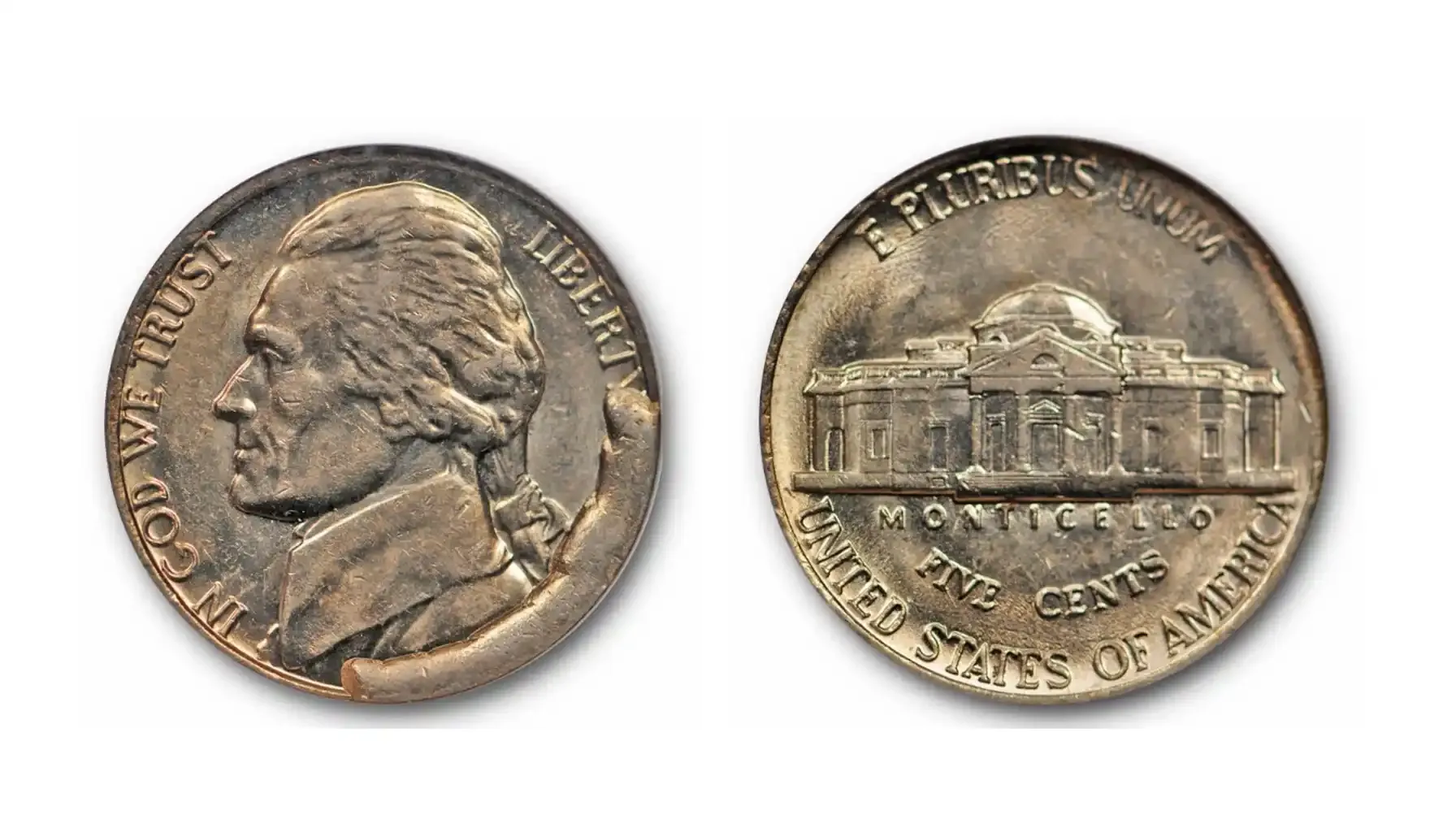
App. value: $250 – $1,500+
Finally, the 1962 nickels are not immune to die breaks, which are caused by a large raised blob of metal (cud), located near the rim. The more prominent the error, the greater its value. That is the rule.
*Coin ID Scanner is an innovative application designed specifically for coin lovers for them to quickly identify coins via photos, receive accurate valuations, and get comprehensive information about the coins' history and their provenance. What a great way to start, though!

